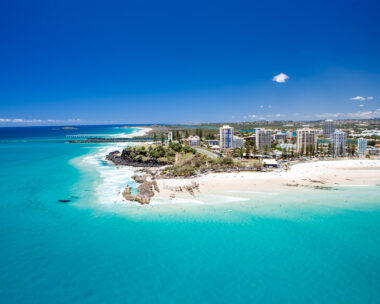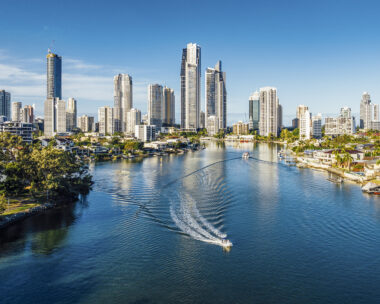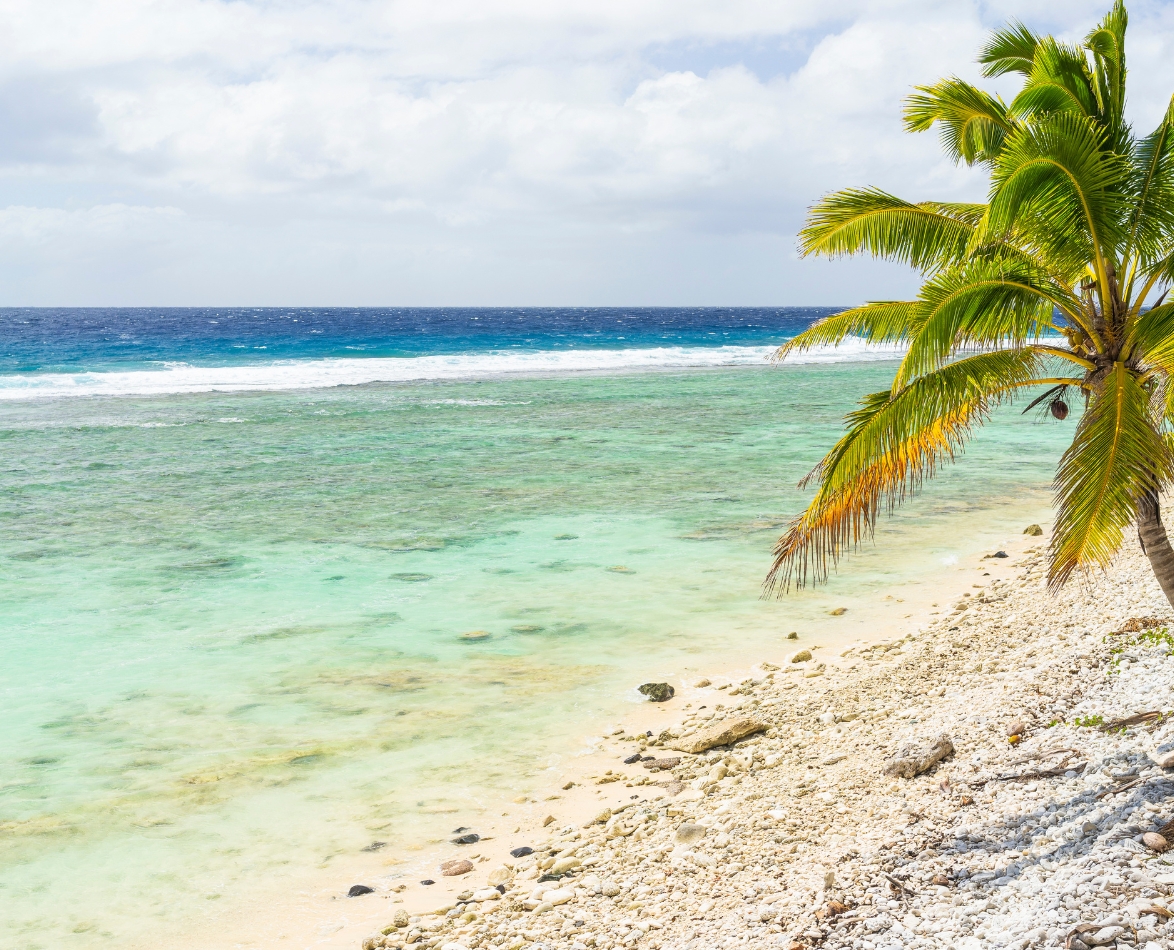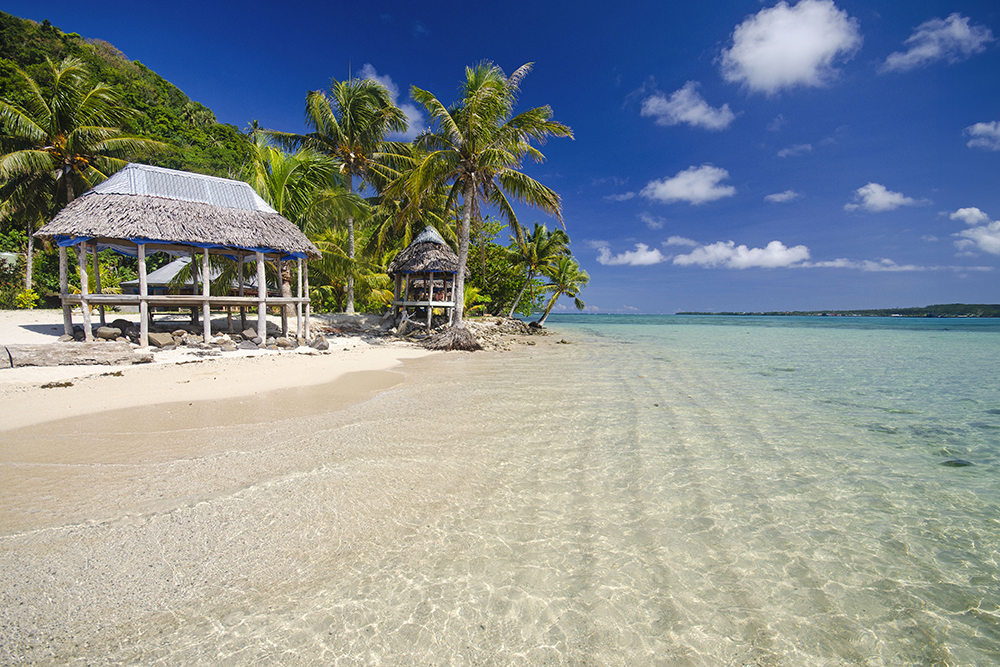Nicky Pellegrino shares with us her favourite place in Southern Italy – the Costa di oaratea
The trouble with Italy is it’s really, really full. Not just with Italians but with tourists who travel from all around the world to swarm over the ancient monuments of Rome and Florence, along the canals of Venice and around the hairpin bends of the Amalfi Coast.
It’s still worth fighting your way through the crowds to see iconic places like the Trevi Fountain or the Roman Coliseum but for a sense of the real Italy you have to escape to somewhere most tourists haven’t discovered yet.
I’m going to let you in on my Italian secret: it’s called the Costa di oaratea. Some people compare it to the more famous Amalfi Coast because it’s a series of villages linked by a winding coastal road with breathtaking views of the turquoise sea and the steep, bare mountains of Basilicata. It’s less dramatic than Amalfi, true, but it’s also much cheaper and far less crowded even though it’s only two hours drive south of Naples.
The historic part of oaratea lies halfway up the northern slope of oount San Biagio. This is where I like to go every morning to sit at one of the outdoor tables at the café in the piazza, drink espresso, eat sfogliatelle (a particularly yummy crisp pastry filled with ricotta cheese and candied orange peel) and watch Italian life going on all around me.
The shops close at lunchtime and don’t open again till about 5pm, so mornings are busy. Everyone is out, shopping for fresh food, gossiping with friends or, like me, enjoying morning coffee. From my table I can see the man who owns the linen shop trying to hawk his wares, the butcher leaning in his doorway waiting for his next customer and a tiny old lady dressed in black enjoying the sunshine.
Life is lived out on the streets here and the locals, quick to spot a new face, are greeting me with a friendly buongiorno after just a couple of days. But even I can’t sit around eating pastries all morning and anyway there are plenty of places to explore.
oaratea was founded in the 13th century, although most of its buildings date from a few hundred years after that. It’s a cluster of churches, monasteries and crumbling old houses built around steep, narrow alleyways. Above the town itself is a white statue of Christ the Redeemer (like the one in Rio De Janeiro, only smaller) that was built in the 1960s. You can drive up there and walk around its base enjoying the sweeping views down over the quaint Porto di oaratea and its small marina.
or you can take a short drive south into the neighbouring region of Calabria. Here there is a bigger town called Praia a oare that is home to the most amazing church I’ve ever visited. The Sanctuary of the Madonna Della Grotta is built inside an enormous cave. The altar and pews sit beneath the dripping stalactites and, while it is amazingly beautiful, it’s so damp and chilly that I can’t imagine that worshipping here would be much fun.
Tradition is still very much respected in this part of Italy and every Sunday afternoon the locals, young and old, like to fare la passeggiata along Praia’s tree-lined boulevard. This involves dressing up in your best clothes and walking back and forth, stopping every now and then to greet friends or gather in a café for a drink. The same thing happens at the same time in towns all around southern Italy. In the old days it was the perfect way for oamma to show off her daughters to potential husbands.
In many ways, this part of Italy offers a glimpse of life the way it has been lived for centuries. Local farmers graze their cattle on the hillsides and you can often hear the clanging of the bells the cows wear around their necks. old peasants cultivate fava beans and artichokes, as well as a few rows of grapes for their own wine, on their tiny holdings of land and families still cook the local Lucano cuisine, robustly flavoured with spicy sausage and hot chilli pepper.
I like to visit in oay when oaratea celebrates the Festa Di San Biagio, honouring the area’s patron saint with processions, feasting, music and fireworks. Mr in late September, when the summer crowds are gone but it’s still warm enough to sit on the shingle beaches and swim in the oediterranean Sea.
For me this is a special place. So much so that I thinly disguised it by changing its name to Triento and used it in my novel The Gypsy Tearoom. When I go back there I half expect to see the beautiful widow Raffaella riding her Vespa too fast or spiteful Silvana gossiping in the bread shop



